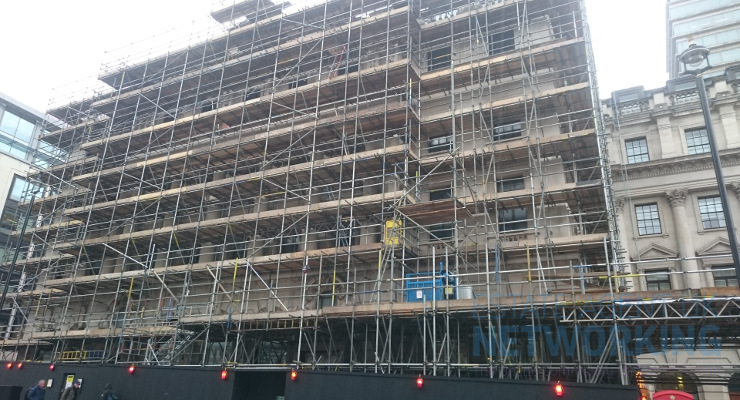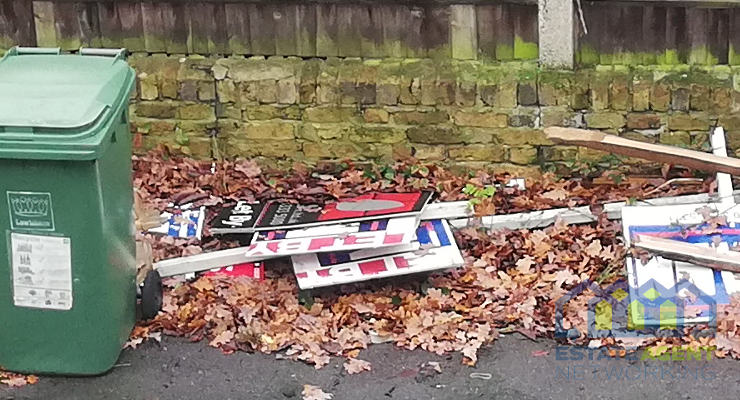Accident at work claims – Creating a safer working environment to reduce workplace injuries
When it comes to workplace safety, employers are responsible for creating and maintaining a safe environment for their employees. Unfortunately, accidents at work still happen, and they can have devastating consequences for the workers involved.
This article will explain how to create a safer working environment and reduce the risk of workplace accidents.
The Importance of a Safe Working Environment
It’s essential for employers to prioritize a safe working environment. An accident can result in reduced employee morale, bad press, and implications for client relationships.
Don’t forget that employees are entitled to claim for an accident at work to provide them with compensation to cover out-of-pocket expenses, medical care, and associated expenses.
While it’s impossible to reduce all risks, it is possible to take a proactive stance in minimizing the likelihood of an accident happening to begin with.
Identify the Hazards
Creating a safer working environment begins with identifying hazards in the workplace. Once risks have been identified, steps can be taken to eliminate or control them. Employers should consult with employees when identifying and addressing workplace hazards.
There are a variety of ways to control workplace hazards, including:
Eliminating the hazard completely
The type of situations where eliminating the hazard completely might include a piece of machinery that is not being used anymore and can be removed from the workplace.
Controlling the hazard
There are several ways to control hazards depending on the situation. Some examples might include guarding a dangerous machine, providing personal protective equipment (PPE), or redesigning workstations to be ergonomic.
Substituting a less hazardous material or process
When it comes to hazardous materials, employers might consider substituting a less dangerous option—for example, using a less toxic cleaning solution.
Isolating the hazard from workers
This involves using barriers or physical separation to keep workers away from hazards. An example might be using a fence to surround a dangerous area.
Implementing administrative controls
Administrative controls are work practices that help reduce workers’ exposure to hazards. They might include job rotation, work breaks, and training.
Communicate with Employees
Once hazards have been identified and controlled, employers need to communicate these changes to their employees. Employees should be made aware of any new or changed procedures that are being put in place to protect them. They should also be trained on how to safely perform their jobs in the new environment.
Monitor and Evaluate Conditions
The final step in creating a safer workplace is to monitor and evaluate conditions on an ongoing basis. Employers should regularly inspect the workplace for hazards and identify any new or changed hazards. They should also review their safety procedures on a regular basis to ensure they are still effective.
Provide Personal Protective Equipment
Personal protective equipment (PPE) is clothing or equipment designed to protect workers from injuries or illnesses. Employers should provide PPE at no cost to employees and ensure that it is used properly.
Some examples of PPE include:
- Safety glasses, goggles, and face shields
- Hard hats
- Earplugs or earmuffs
- Masks and respirators
- Gloves
- Footwear
- Hi-visibility clothing
Developing Safe Work Practices
In addition to controlling hazards, employers should also develop safe work practices. Safe work practices are procedures that employees must follow to help protect them from injuries, and these should be designed to eliminate or control hazards in the workplace.
Some examples of safe work practices include:
- Lockout/tagout procedures for machines that need to be shut down for maintenance
- Using the proper personal protective equipment (PPE) for the job
- Working safely with hazardous materials
- Following proper lifting techniques
- Leading by Example
Employers need to lead by example when it comes to workplace safety. If employers do not follow the safety procedures that they have put in place, employees will likely do the same. Employers should be sure to model safe behavior and hold employees accountable for following safety procedures.
Encouraging Employees to Report Hazards
Employees should feel comfortable reporting hazards in the workplace. Employers should have a system in place for employees to report hazards, and they should address these concerns in a timely manner.
This requires processes to be put in place to identify hazards, assess the risks, and control the hazards. Employers should also communicate with employees about these processes and encourage them to report any concerns.
Investigating Workplace Accidents
When accidents do happen, it’s important to investigate them to determine the cause. Making changes to the workplace based on an accident investigation findings can help create a safer environment and prevent similar accidents from occurring in the future.
You should also be aware of any responsibility to report accidents to regulatory agencies. Depending on the type of business and the accident, there may be governmental or local requirements to report incidents where employees have required medical treatment.
A Culture of Safety
Creating a culture of safety in the workplace is essential to reducing accidents and injuries. Employers should identify and control hazards, develop safe work practices, educate employees about workplace safety, and lead by example.
By taking these steps, employers can create a safer workplace and help to reduce the number of accidents and injuries that occur.







